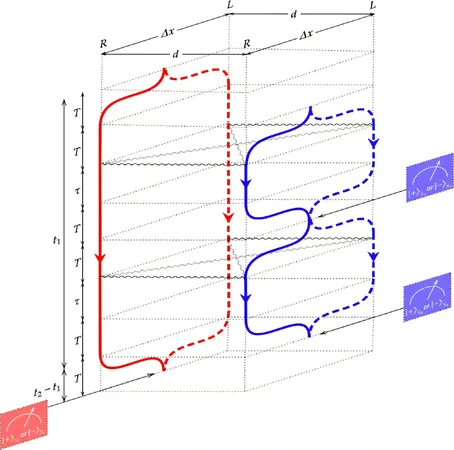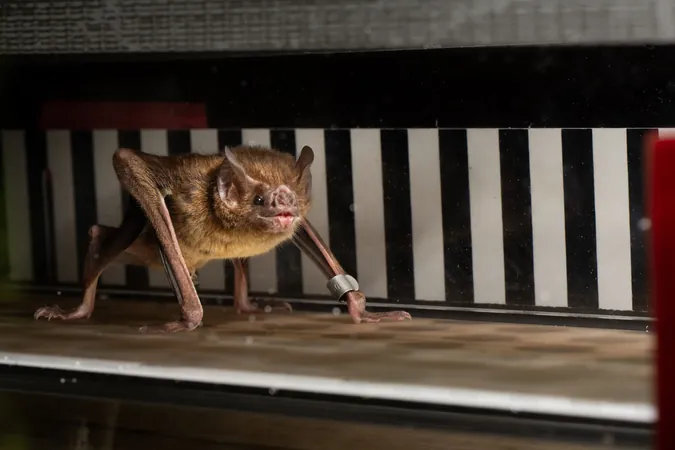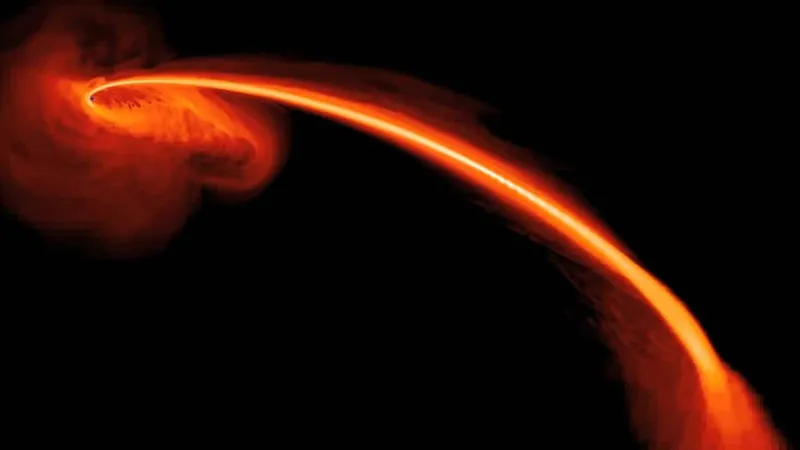
Giant Meteorite May Have Paved the Way for Microbial Life on Early Earth!
2024-11-02
Author: Emily
Recent groundbreaking research indicates that a cataclysmic meteorite impact, significantly larger than the one responsible for the extinction of the dinosaurs, may have created conditions that allowed the earliest forms of life to thrive.
Investigating a 3.26 billion-year-old impact site in present-day South Africa, scientists unearthed evidence suggesting that a meteorite between 50 and 200 times bigger than the infamous cosmic rock that obliterated the dinosaurs could have played a crucial role in nurturing microbial life, the Earth's only inhabitants during that era. The study revealed that while the immediate aftermath of the impact was one of destruction, it later unlocked vital nutrients essential for microbial survival.
Lead researcher Nadja Drabon, an assistant professor of Earth and planetary sciences at Harvard University, stated, “The evidence shows that not only was life resilient enough to endure the catastrophic event, but the resulting environmental changes may have significantly benefited early microbes.” The findings were published on October 21 in the esteemed journal PNAS.
Drabon and her team meticulously analyzed spherules—tiny glass-like beads formed when meteorite impacts melt silica-rich rocks—and conglomerates, which indicate the presence of tremendous tsunamis that reshaped the seafloor, scattering debris far and wide. The chemical composition of these rock layers has led researchers to conclude that the impacting body was a carbonaceous chondrite, a type of primitive space rock that could measure between 23 and 36 miles (37 to 58 kilometers) in diameter.
Even though South Africa was far from the impact’s epicenter, the collision triggered devastating tsunamis and expelled dust that darkened the sky. The heat generated by the impact was so intense that it boiled the upper layers of the ocean, posing a dire threat to any life forms that were present. As Drabon poignantly noted, “It would have been quite disastrous for any life on land or in shallow water.”
However, remarkably within just a few years or decades following the impact, life began to resurface, potentially in more favorable conditions than before. Researchers discovered spikes in essential nutrients like phosphorus—crucial for life, yet scarce in ancient oceans—and iron, which mixed into shallow seas as a result of the tumultuous tsunamis. The impact may have introduced hundreds of gigatons of phosphorus into the oceans, offering a significant boost to microbial life.
This research provides key insights into how life adapted and flourished on a young planet repeatedly battered by massive space collisions. Geological records illustrate that such meteorite strikes occurred on a frequency as often as every 15 million years. Drabon emphasized that while these impacts pose immediate threats, they might also shape the course of evolution on a planetary scale.
She remarked, “Just as the extinction of the dinosaurs allowed mammals to evolve and thrive, these ancient impacts might have had similarly transformative consequences for microbial life. Each collision carries both detrimental and beneficial effects.”
As scientists continue to explore these ancient events, the resilience and adaptability of early life offer a fascinating glimpse into the origins of life on Earth and its remarkable ability to flourish amidst chaos. With each new discovery, we uncover more about the profound relationship between cosmic events and the biological evolution of our planet.









 Brasil (PT)
Brasil (PT)
 Canada (EN)
Canada (EN)
 Chile (ES)
Chile (ES)
 España (ES)
España (ES)
 France (FR)
France (FR)
 Hong Kong (EN)
Hong Kong (EN)
 Italia (IT)
Italia (IT)
 日本 (JA)
日本 (JA)
 Magyarország (HU)
Magyarország (HU)
 Norge (NO)
Norge (NO)
 Polska (PL)
Polska (PL)
 Schweiz (DE)
Schweiz (DE)
 Singapore (EN)
Singapore (EN)
 Sverige (SV)
Sverige (SV)
 Suomi (FI)
Suomi (FI)
 Türkiye (TR)
Türkiye (TR)